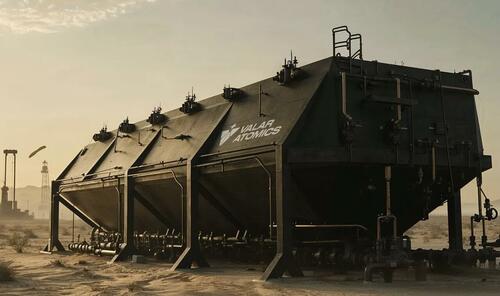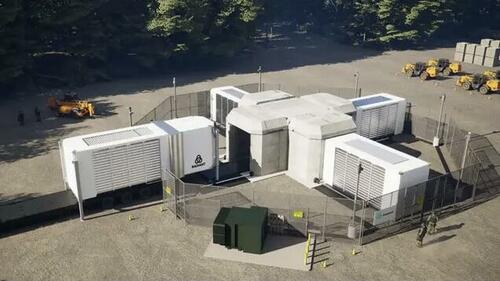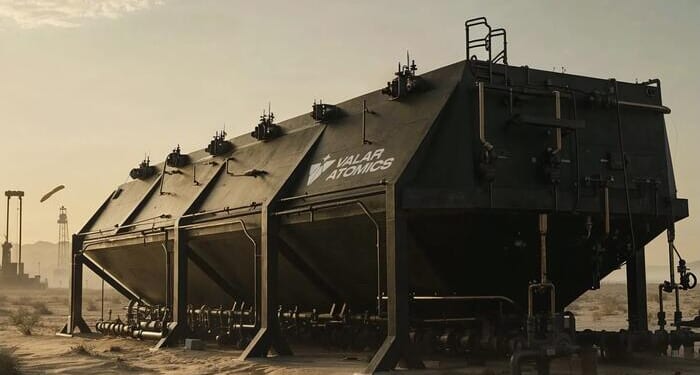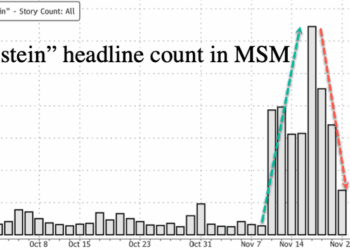As soaring demand for electric power threatens to rapidly overtake America’s supply, the US Army on Tuesday announced a plan to install nuclear microreactors at bases across the country. “What resilience means to us is that we have power, no matter what, 24-7,” said principal deputy assistant secretary of the Army Jeff Waksman after the program was unveiled at the Association of the United States Army (AUSA) Annual Meeting Warriors Corner panel.
Pursuant to what has been christened the “Janus Program,” the Pentagon is charged with bringing the first reactor online no later than September 30, 2028, and is currently identifying the first nine posts that will receive two reactors each. Those reactors will generate less than 20 megawatts of power, according to the Wall Street Journal. That’s comparable to the demands of a single, small town. In addition to preserving the installations ability to function in the face of overwhelmed grids, the reactors will also serve as a safeguard against cyberattacks and weather catastrophes. The program is empowered by Executive Order 14299, “Deploying Advanced Nuclear Reactor Technologies for National Security,” which was signed by President Trump in May.

The microreactors will be owned and operated by private companies that will be selected in 2026; the budget has yet to be disclosed. “The race today is to actually develop the capability. We are all trying to figure out who can turn these things on,” Isaiah Taylor, chief executive and founder of microreactor startup Valar Atomics, told the Journal. The Janus Program comes after six years of Army work with startup companies to develop microreactors for service around the globe. The Air Force has its own parallel program, with eight companies pursuing contracts to power USAF installations. Microreactors are roughly the same size as a shipping container, and are meant to be easily transportable and rapidly brought online upon arrival.
“Since the Manhattan Project, the Department of Energy and the Department of War have forged one of the defining partnerships in American history—advancing the science, engineering, and industrial capability that power our national security,” said Energy Secretary Chris Wright. “Under President Trump’s leadership, we’re extending that legacy through initiatives like the Janus Program, accelerating next-generation reactor deployment and strengthening the nuclear foundations of American energy and defense.”

The microreactor programs are all well and good for the armed forces, but what about the rest of us whose futures are jeopardized by soaring demand for AI data centers paired with glacial-paced plans for new nuclear capacity? As we wrote on Friday:
With nuclear power still years away, and with Goldman already warning of “price spikes and power blackouts“, the federal government or power grid operators must figure out a cost-effective, scalable energy solution to ensure power prices don’t continue spiraling out of control and proper grid stabilization occurs to ensure grid stability amid the AI arms race with China.
On Tuesday, the Defense Production Act Consortium held its first meeting, as that organization seeks agreements with U.S. nuclear companies as part of an effort to rebuild the nation’s nuclear fuel supply chain. The DPA Consortium was created in accordance with President Trump’s Executive Order 14302, Reinvigorating the Nuclear Industrial Base, and will use the authorities of the Defense Production Act to coordinate industry efforts across the nuclear fuel cycle.
Loading recommendations…

















